How Do You Clean Microscope Lenses ?
Microscope lenses can be cleaned using a few simple steps. First, use a blower brush or compressed air to remove any loose dust or debris from the lens surface. Then, prepare a cleaning solution by mixing equal parts of distilled water and lens cleaning solution or isopropyl alcohol. Moisten a lens cleaning tissue or a microfiber cloth with the solution and gently wipe the lens surface in a circular motion, starting from the center and moving towards the edges. Avoid applying excessive pressure to prevent scratching the lens. Finally, use a dry lens cleaning tissue or cloth to remove any remaining moisture or streaks. It is important to handle the lenses carefully and avoid touching them with bare fingers to prevent oil or dirt transfer. Regular cleaning and maintenance will help ensure optimal performance and longevity of microscope lenses.
1、 Using a lens cleaning solution and a lens tissue
Cleaning microscope lenses is a crucial task to ensure accurate and clear observations. The process requires careful handling to avoid damaging the delicate lenses. Traditionally, the recommended method for cleaning microscope lenses is by using a lens cleaning solution and a lens tissue.
To clean microscope lenses, start by gently blowing away any loose dust or debris from the lens surface. This step helps prevent scratching the lens during the cleaning process. Next, apply a few drops of a lens cleaning solution onto a clean lens tissue. It is important to use a solution specifically designed for cleaning lenses, as other cleaning agents may damage the lens coatings.
Using the lens tissue, gently wipe the lens surface in a circular motion, starting from the center and moving towards the edges. Avoid applying excessive pressure, as this can cause scratches or damage the lens. Once the lens is clean, inspect it under a light source to ensure there are no streaks or smudges left behind. If necessary, repeat the cleaning process until the lens is completely clean.
However, it is worth noting that there have been advancements in lens cleaning technology in recent years. Some experts now recommend using microfiber cloths instead of lens tissues. Microfiber cloths are designed to trap and remove dirt and oils without scratching the lens surface. They are also reusable and environmentally friendly.
Additionally, there are lens cleaning solutions available that come in spray form. These solutions can be sprayed directly onto the lens surface and then wiped clean with a microfiber cloth. This method can be more convenient and efficient, especially when cleaning multiple lenses.
In conclusion, the traditional method of cleaning microscope lenses using a lens cleaning solution and a lens tissue is still effective. However, advancements in lens cleaning technology, such as microfiber cloths and spray solutions, offer alternative options that may be more convenient and provide equally satisfactory results.
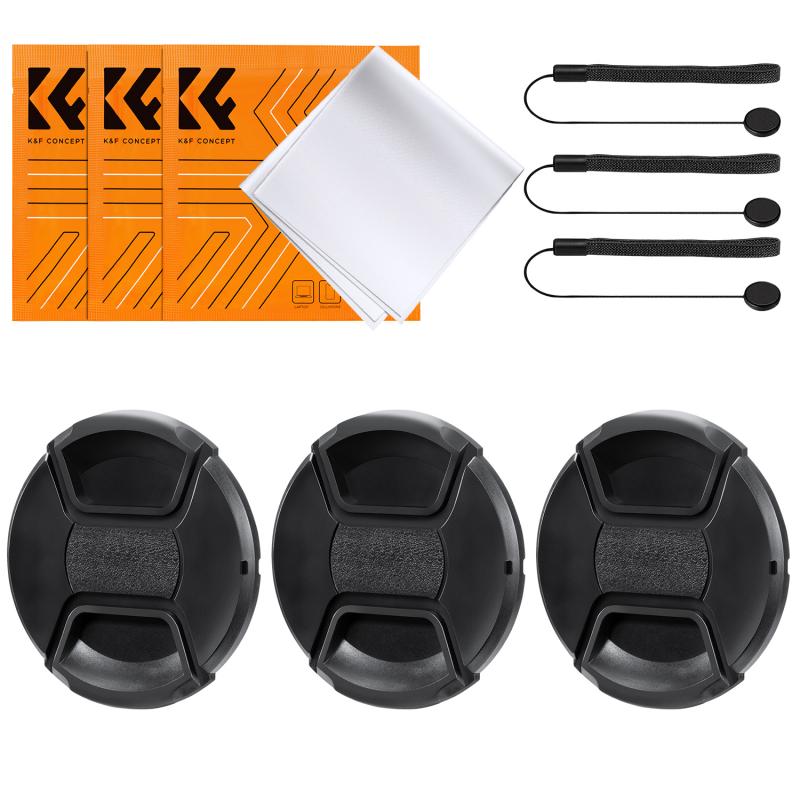
2、 Using compressed air or a blower brush
How do you clean microscope lenses? Using compressed air or a blower brush is one of the most effective methods for cleaning microscope lenses. Microscope lenses are delicate and require special care to maintain their clarity and functionality. Dust, debris, and fingerprints can accumulate on the lenses, affecting the quality of the images produced.
Compressed air or a blower brush can be used to remove loose particles from the lens surface. This method is preferred because it minimizes the risk of scratching the lens. When using compressed air, it is important to hold the canister upright and use short bursts of air to prevent any moisture from being released onto the lens. A blower brush, on the other hand, can be gently swept across the lens surface to dislodge any particles.
However, it is important to note that compressed air or a blower brush may not be sufficient for removing stubborn stains or oils. In such cases, a lens cleaning solution specifically designed for microscope lenses should be used. These solutions are typically alcohol-based and can effectively remove smudges and fingerprints. It is important to apply the solution to a lens cleaning tissue or a microfiber cloth and gently wipe the lens in a circular motion. Avoid using excessive pressure or abrasive materials that could damage the lens coating.
Regular cleaning of microscope lenses is essential to maintain optimal image quality. It is recommended to clean the lenses before and after each use to prevent the accumulation of debris. Additionally, storing the microscope in a clean and dust-free environment can help minimize the need for frequent cleaning.
3、 Avoiding touching the lens directly with fingers
To clean microscope lenses, it is crucial to follow proper techniques to avoid damaging the delicate lenses and ensure accurate observations. One of the most important rules is to avoid touching the lens directly with fingers. This is because fingers can leave behind oils, dirt, and smudges that can obstruct the view and potentially damage the lens.
To clean microscope lenses effectively, start by using a soft brush or air blower to remove any loose particles or dust from the lens surface. This step helps prevent scratching the lens during the cleaning process. Next, use a lens cleaning solution specifically designed for optical lenses. Apply a small amount of the solution to a clean, lint-free microfiber cloth or lens tissue.
Gently wipe the lens in a circular motion, starting from the center and moving towards the outer edges. Avoid applying excessive pressure, as this can cause scratches. If there are stubborn stains or smudges, dampen the cloth slightly with the cleaning solution and repeat the gentle wiping motion.
It is important to note that using household cleaners, solvents, or rough materials like paper towels can damage the lens coatings and affect the optical quality. Additionally, it is recommended to clean the lenses only when necessary, as excessive cleaning can also lead to wear and tear.
In recent times, some advancements have been made in lens cleaning technology. For instance, there are now lens cleaning pens available that have a soft brush on one end and a cleaning tip on the other. These pens are designed to effectively remove smudges and fingerprints without the need for additional cleaning solutions.
In conclusion, when cleaning microscope lenses, it is crucial to avoid touching the lens directly with fingers. By following proper cleaning techniques, such as using a soft brush, lens cleaning solution, and a gentle wiping motion, one can maintain the optical quality of the lenses and ensure accurate observations.
4、 Cleaning the lens in a gentle, circular motion
Cleaning microscope lenses is an essential task to ensure accurate and clear observations. The process requires delicacy and precision to avoid damaging the lens. The most common method for cleaning microscope lenses is to use a gentle, circular motion.
To begin, it is important to remove any loose debris or dust particles from the lens. This can be done by using a soft brush or a can of compressed air to gently blow away any visible particles. It is crucial to avoid touching the lens directly with any objects or materials, as this can cause scratches or damage.
Once the loose debris has been removed, a lens cleaning solution specifically designed for microscope lenses can be used. Apply a small amount of the solution to a clean, lint-free cloth or lens paper. It is important to avoid using regular tissues or paper towels, as they can leave behind lint or scratch the lens.
Using the cloth or lens paper, gently wipe the lens in a circular motion, starting from the center and moving outward. Avoid applying excessive pressure, as this can also cause damage. Repeat this process until the lens is clean and free from any smudges or residue.
In recent years, there has been a growing trend towards using lens cleaning pens or brushes specifically designed for microscope lenses. These tools often have a soft brush on one end to remove debris and a cleaning pad on the other end to gently clean the lens. They can be a convenient and effective alternative to traditional cleaning methods.
In conclusion, cleaning microscope lenses requires a gentle and circular motion using a lens cleaning solution and a clean, lint-free cloth or lens paper. It is important to exercise caution and avoid touching the lens directly with any objects. Alternatively, lens cleaning pens or brushes can be used as a convenient and effective cleaning tool. Regular cleaning of microscope lenses will help maintain their clarity and ensure accurate observations.

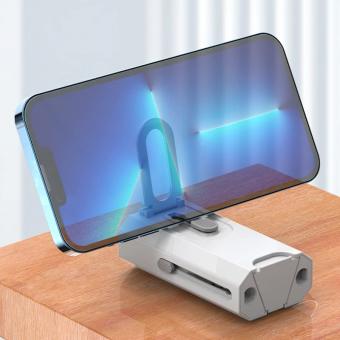












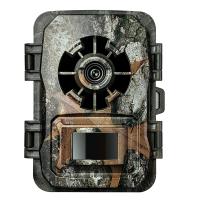


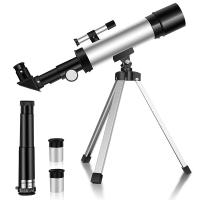

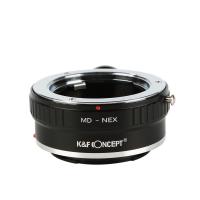
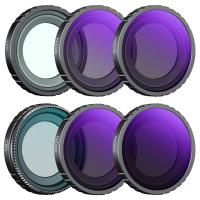




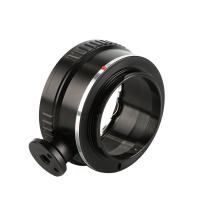





There are no comments for this blog.